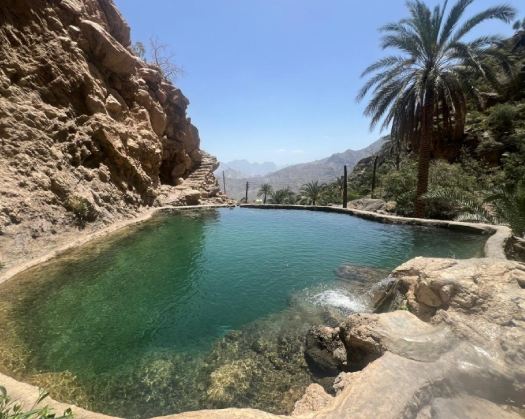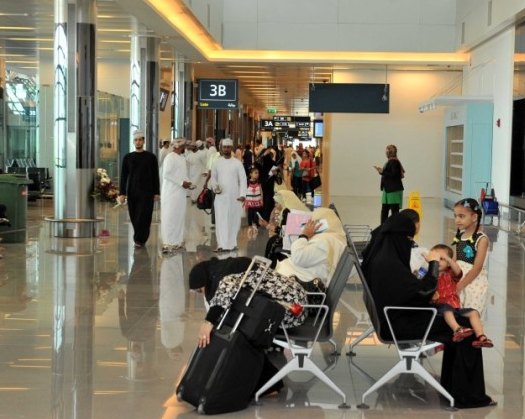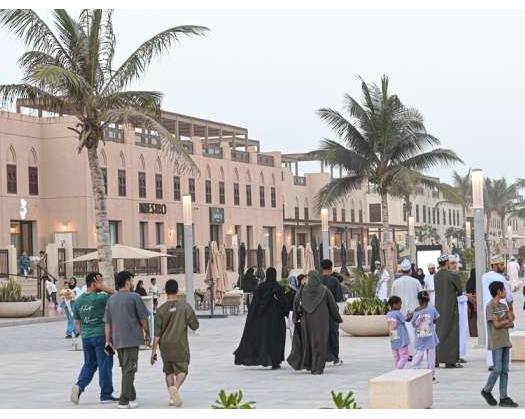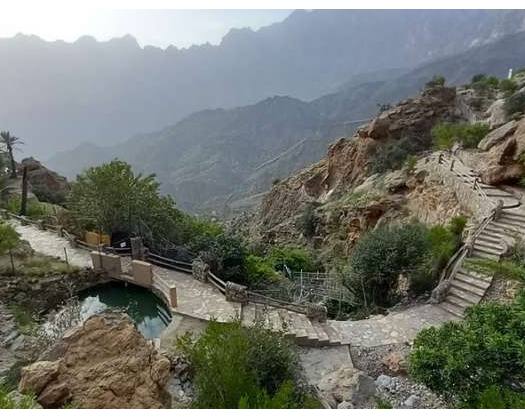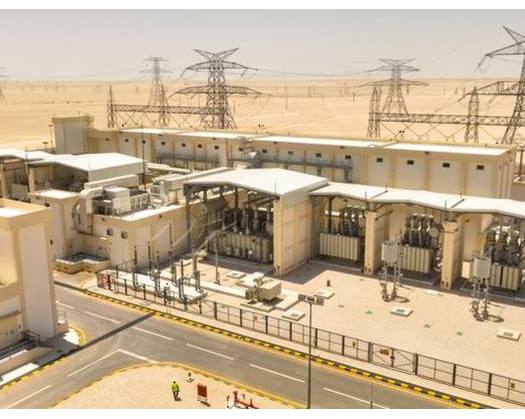Wajmah Village in Wadi Al Sahtan, located in the Wilayat of Rustaq in South Al Batinah Governorate, is renowned for its unique geographical features and diverse ecosystem, making it a popular destination for adventure seekers and nature enthusiasts.
The village is famous for its numerous natural springs that emerge from the rocks, along with its four falajs - Al Malj, Al Ghayl, Al Khatwa, and Al Qabil - which provide irrigation for the terraced farms spread across the mountain slopes.
According to Dr. Al Moatasem bin Nasser al Hilali, Director of the Department of Heritage and Tourism in South Al Batinah Governorate, Wajmah Village stands out as one of the most picturesque mountain villages in Wadi Al Sahtan. The combination of traditional stone and mud houses with modern cement structures, perched on the mountainside, creates a unique and captivating landscape.
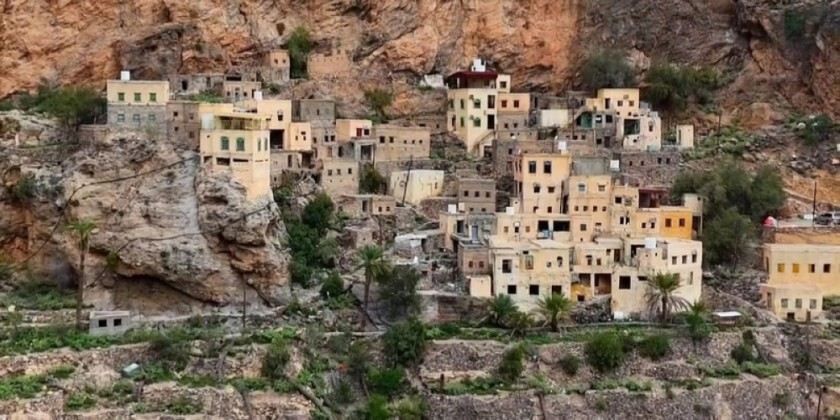
The village boasts several key landmarks, including its quaint mosques, the village council, the aflaj channels, and the beautifully constructed agricultural terraces. Visitors have the opportunity to delve into the ancient way of life in the village, gaining insight into how ancestors navigated a challenging environment, managed transportation, accessed water sources, and interacted with neighboring villages, as highlighted by Al Hilali.
Mountain enthusiasts and adventure seekers can quench their thirst for exploration with journeys that lead them to villages like Jabal Shams and Misfat Al Abriyeen in the Wilayat of Al Hamra, Al Dakhiliyah Governorate, as well as other villages such as Al Faraa, Al Huwaib, Al Hob, Al Wadaim, Al Naid, Al Ghor, and Limbu in Wadi Al Sahtan, South Al Batinah Governorate.
Al Hilali emphasized the Ministry of Heritage and Tourism's strategy to broaden tourism investment opportunities in Wajmah. He highlighted that investing in these picturesque villages, situated away from urban centers, helps meet the growing demand for services and accommodations among tourists. Furthermore, investing in the preservation and restoration of these buildings not only enhances the tourism experience but also sustains the flow of visitors to the village.

